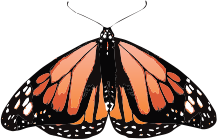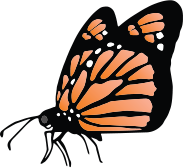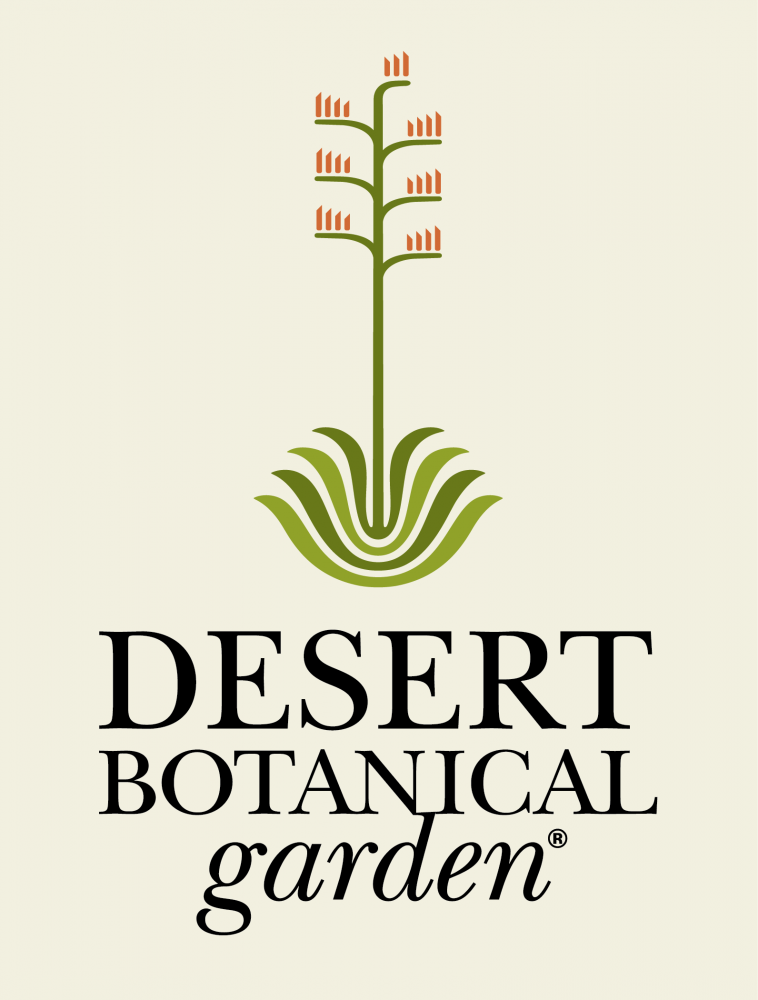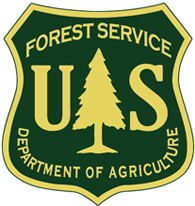Project Overview:

Monarch butterflies in North America have a fascinating migration and overwintering biology. It is understood that monarchs from east of the Rocky Mountains migrate to the mountains of Central Mexico and monarchs in the Western U.S. migrate to California. Monarchs in Arizona can migrate to Mexico, California, or a small number seem to spend the winter in the lower deserts of Arizona. Usually overwintering monarchs do not breed or lay eggs for the entire winter, but they do for part of the winter in Arizona. Very little is understood about this overwintering population in Arizona and the timing of overwintering and breeding. Milkweeds (plants in the genus Asclepias) are the host plants for monarch butterflies. Adult monarchs lay eggs on milkweed and their caterpillars only eat milkweed plants. There are about 30 native milkweeds in Arizona.
The USA-NPN is collaborating with Desert Botanical Garden to answer these questions:
1. Where and when are adult monarch butterflies observed across Arizona during the winter?
2. When are monarchs breeding (as evidenced by the presence of caterpillars)?
3. What life stages do milkweeds experience during the winter and how might this affect monarchs?
In 2022, we worked with key partners across the state to collect preliminary information about the timing of life cycle events of monarchs and milkweeds. In the fall of 2022, we launched a state-wide data collection campaign to engage the public in tracking monarch and milkweed phenology.
Desert Refuge in the News: Desert Botanical Garden's Natalie Melkonoff talked with ABC15 Arizona and 91.5 KJZZ about Desert Refuge and how you can get involved. You can also read Desert Botanical Garden's blog post about the project.
SIGN UP FOR Desert Refuge: Monarchs and Milkweeds in Arizona MESSAGES!
You will receive messages full of findings, observation tips, and campaign-specific opportunities. Don't miss out!
HOW TO PARTICIPATE
We need interested observers to set up an observation site and find one or more milkweed plants to track from September to June. You will document milkweed leafing and flowering, monarch adults flying or landing in the area of the site, monarchs breeding and laying eggs, and caterpillars on the plant.
Here is how to get started using Nature's Notebook:
1. Join Nature's Notebook. Create a Nature's Notebook account. Take the Observer Certification Course at learning.usanpn.org.
2. Register a phenology-monitoring site in Nature's Notebook. Select a location where milkweeds are present. It can be a public space, natural area, or your own backyard.
For further assistance:
- Follow step-by-step instructions provided in the Nature's Notebook mobile app guide.
- Watch these videos on how to get started.
3. Register one or more milkweed plants and monarch butterflies at your site.

For the monarch butterfly (Danaus plexippus), add the species to your site and look for the presence of monarchs each time you visit. If you see monarchs, report how many individuals you observe in each life cycle stage.
For milkweeds, select one or more individual plants, and return to the same plant(s) for each observation. We are interested in the following species:
- Arizona milkweed (Asclepias angustifolia, Phenophase Photo Guide)
- Rush, or desert milkweed (Asclepias subulata, Phenophase Photo Guide)
The following species are less likely to be observed, but we still welcome reports of these species:
- Pineneedle milkweed (Asclepias linaria, Phenophase Photo Guide)
- Giant sand milkweed (Asclepias erosa, Phenophase Photo Guide)
- Horsetail milkweed (Asclepias subverticillata, Phenophase Photo Guide)
- Spider, or antelopehorns milkweed (Asclepias asperula)
If you do not have any of the native milkweeds present, you can record observations of bloodflower, or tropical milkweed (Asclepias curassavica). We do not recommend planting this species because of the potentially harmful effects on monarchs but if you already have this species in your yard or another nearby location, your data could provide a useful comparison with native milkweed species! Learn more about this species from Monarch Joint Venture.
4. Make observations. Visit your site to make observations at least once a week. A single observation should take 10 minutes. Each time you visit, answer the questions on the datasheets "Do you see..." for the following life cycle events, or phenophases. You can also report how many individual monarchs you see, and for milkweeds, the intensity of the life cycle stage (for example, "What percent of flowers are open?").

Monarchs - Please note when you see or don't see adult butterflies and caterpillars on or near your milkweed. Focus on the following phenophases: adults, mating, egg laying, and caterpillars.
Milkweeds - Please record leafing and flowering for these species. Focus on the following phenophases: leaves, flowers or flower buds, and open flowers.
Please use our mobile app to submit your observations or print paper datasheets from your Nature's Notebook Observation Deck and then enter the observations online. Please include relevant notes about the monarchs and milkweeds you are tracking in the comment fields on the app or online.
Are you already participating in Nature's Notebook?
The steps are simple - either add one or more milkweed plants and monarch butterfly to an existing site, or set up a new site to track these species.
Want to do more?
Consider participating in both Nature's Notebook and the Monarch Larva Monitoring Project (MLMP). MLMP provides an intensive survey of a monitoring plot, including Description of Monitoring Site (the description is collected each year, including date of milkweed emergence), Milkweed density (all milkweed at site or a random sample), Monarch density (a weekly count of all eggs and larvae - separated by instar) on all or a random sample of plants.
If you are interested in participating in MLMP, please contact Dr. Kim Pegram, Program Director, Pollinator Conservation, Desert Botanical Garden, at [email protected] for assistance and training details.
Resources for Educators!
We've created resources to help educators get students and other learners involved in Desert Refuge.
Desert Refuge Activity: An activity suitable for tabling events and other informal learning experiences. Available in English or Spanish
Desert Refuge Lesson Plan: Students will learn how to collect phenology data using Nature's Notebook and interpret data collected by volunteer scientists across the state of Arizona. Available in English or Spanish.
PROJECT TEAM
 |
This project is a collaboration between Desert Botanical Garden and the USA National Phenology Network. |
|
|
The project is funded by a Partner Grant from Monarch Joint Venture and U.S. Forest Service International Programs.
|
Contact:
Dr. Kim Pegram, Program Director, Pollinator Conservation, Desert Botanical Garden, at [email protected]
Erin Posthumus, Outreach Coordinator, USA National Phenology Network, [email protected]


